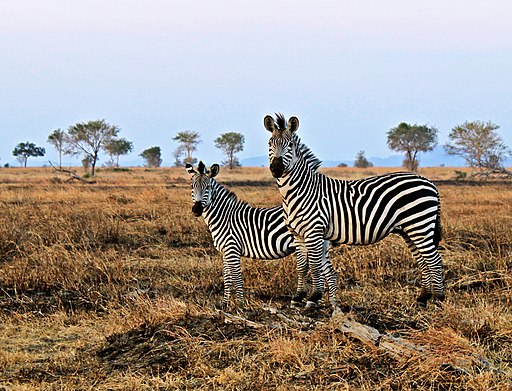The House of Representatives passes massive land conservation bill
On Tuesday, the House of Representatives passed the Natural Resources Management Act, the land conservation bill that protects more than 3 million acres of land, classifies hundreds of miles of U.S. rivers as scenic, wild or recreational, and creates three new national monuments. The bill previously passed the Senate and now awaits the President’s signature. Some highlights of the bill include extending the popular “Every Kid Outdoors” program for another seven years, which grants the nation’s fourth graders and their families a free national parks pass; preserving over 700,000 acres of land in southern Utah, an area that environmentalists have been trying to protect for decades; permanently reauthorizing the Land and Water Conservation Fund, which uses fees from offshore drilling to pay for conservation programs in all 50 states; establishing a new national monument in Mississippi to honor civil rights leader Medgar Evers who worked to end segregation and championed voting rights; and creating an ecological buffer around Yellowstone National Park, preventing areas adjacent to the park from being mined.
Marine Corps Marathon 50K set to be largest in U.S.
The inaugural Marine Corps Marathon 50K (MCM50K) in Quantico, Virginia is set to be the largest ultra marathon in the United States, with 2019 participants expected to nearly double the number of runners that participated in the largest ultra marathon in 2018. The 31.06-mile race will host runners ages 19 to 72 from 11 countries, 45 states and the District of Columbia. The event has drawn so much attention that organizers increased the field of participants from 500 to 1,700. Ultra marathon runners will share the Marine Corp Marathon start line, launching their run 25 minutes prior to the start of the marathon. Registration for the MCM50K sold out in one hour, but runners that still desire entry should contact one of the Marine Corp Marathon charity partners, available in April.
Scientists discover why zebras have stripes
We’ll all be sleeping a little easier tonight now that scientists may have finally answered the ages-old question: why do zebras have stripes? To find out, scientists from the University of Bristol and the University of California at Davis dressed horses in black-and-white striped coats. They discovered that fewer horseflies landed on the striped horses than on the horses without stripes, suggesting that zebra stripes may protect them against insects that bite and spread disease. The scientists believe the stripes may disrupt the visual system of the flies, reducing their ability to land on the zebra. From a distance, flies were attracted to both zebras and horses, but as they got closer, they tended to fly past the zebras or bump into them, instead of landing and biting.








